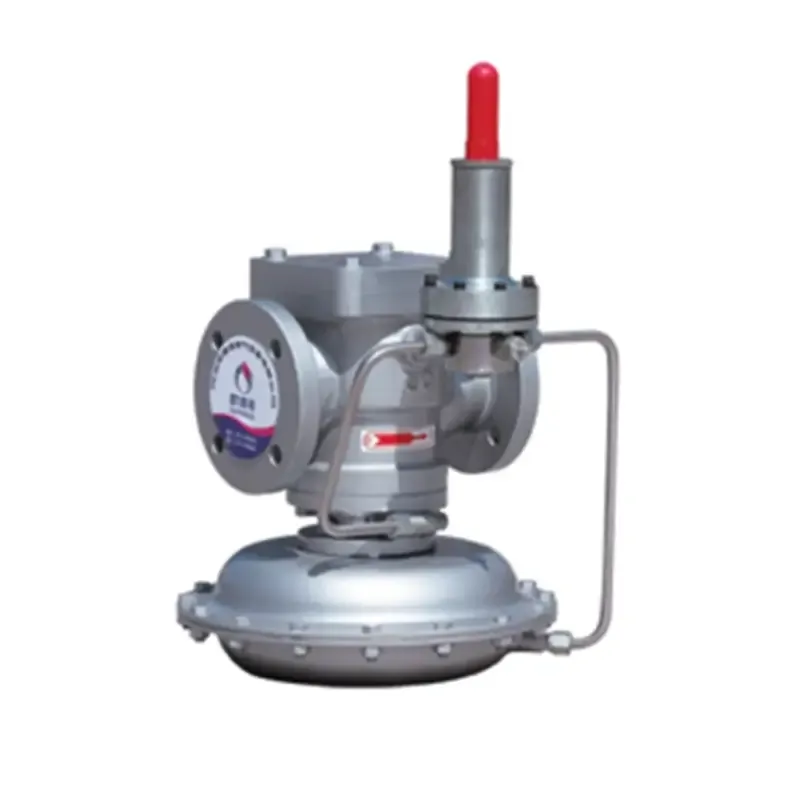
Nov . 24, 2024 10:13
Back to list
gas filtration
Gas Filtration A Comprehensive Overview
In recent years, the growing concern for air quality and environmental sustainability has sparked a rising interest in gas filtration technologies. These systems play a crucial role in mitigating pollutants and improving air quality in various applications, from industrial processes to indoor environments. This article delves into the fundamentals of gas filtration, its methods, technologies, applications, and future trends.
Understanding Gas Filtration
Gas filtration refers to the process of removing particulate matter, gases, and vapors from air or other gaseous mixtures. This process is essential in various sectors, including manufacturing, pharmaceuticals, food processing, and HVAC systems, where the quality of air can significantly impact health, product quality, and overall environmental conditions.
Types of Gas Filters
Gas filtration systems can be broadly classified into two categories particulate filters and gas adsorbers.
1. Particulate Filters These filters are designed to capture solid particles, such as dust, smoke, and aerosols. Common examples include HEPA (High-Efficiency Particulate Air) filters, which can capture particles as small as 0.3 microns with an efficiency of 99.97%. The effectiveness of these filters largely depends on their design, including factors such as filter media, airflow rate, and operating conditions.
2. Gas Adsorbers Unlike particulate filters, gas adsorbers are designed to remove gaseous pollutants. They utilize adsorption processes, where gas molecules adhere to the surface of a solid material. Common adsorbent materials include activated carbon, zeolites, and alumina. These materials are chosen based on their surface area, pore structure, and affinity for specific gas molecules.
The Filtration Process
The gas filtration process typically involves several stages
1. Inlet Pre-treatment Before entering the filtration unit, the gas stream may undergo pre-treatment to reduce the load of larger particles or moisture, which could hinder the filtration efficiency.
2. Filtration The gas passes through the filter medium, where particles are captured, and gases are adsorbed. The design of the filter, including the thickness and type of media, plays a crucial role in determining the filtration efficiency and lifespan of the filter.
3. Post-treatment After the gas leaves the filter system, it may undergo additional treatments to ensure that it meets regulatory requirements before being released back into the atmosphere or reintroduced into the indoor environment.
gas filtration

Applications of Gas Filtration
Gas filtration finds applications across various sectors
- Industrial In manufacturing facilities, gas filtration systems are used to capture harmful emissions, including volatile organic compounds (VOCs), particulate matter, and other hazardous substances. Compliance with environmental regulations mandates the use of effective gas filtration systems to protect workers and the surrounding environment.
- HVAC Systems Heating, ventilation, and air conditioning (HVAC) systems utilize gas filtration to maintain indoor air quality. High-efficiency filters are essential for removing allergens, dust, and pathogens, ensuring a safe and comfortable environment.
- Food Processing In the food industry, maintaining the quality of air is vital. Gas filters are employed to control odors and ensure that food products are not contaminated by harmful airborne substances.
Future Trends in Gas Filtration
As environmental concerns continue to rise, the gas filtration industry is witnessing advancements and innovative technologies. Key trends include
1. Nanotechnology The use of nanomaterials for gas filtration is gaining traction. These materials provide enhanced surface area and improved adsorption characteristics, making them effective for capturing smaller particulates and gases.
2. Smart Filters The integration of smart technology into gas filtration systems allows for real-time monitoring and automatic adjustments based on pollutant levels. These systems offer increased efficiency and prolong the lifespan of the filters by optimizing performance.
3. Sustainability A growing emphasis on sustainable practices is driving the development of eco-friendly filter materials and recycling methods. This trend aims to reduce waste and the environmental impact of gas filtration systems.
Conclusion
Gas filtration is a critical component in addressing air quality issues across various industries. By understanding the principles, technologies, and applications associated with gas filtration, stakeholders can make informed decisions to improve air quality and comply with environmental regulations. As research and technology continue to evolve, the future of gas filtration looks promising, paving the way for cleaner air and a healthier environment.
Next:
Latest news
-
Safety Valve Spring-Loaded Design Overpressure ProtectionNewsJul.25,2025
-
Precision Voltage Regulator AC5 Accuracy Grade PerformanceNewsJul.25,2025
-
Natural Gas Pressure Regulating Skid Industrial Pipeline ApplicationsNewsJul.25,2025
-
Natural Gas Filter Stainless Steel Mesh Element DesignNewsJul.25,2025
-
Gas Pressure Regulator Valve Direct-Acting Spring-Loaded DesignNewsJul.25,2025
-
Decompression Equipment Multi-Stage Heat Exchange System DesignNewsJul.25,2025

